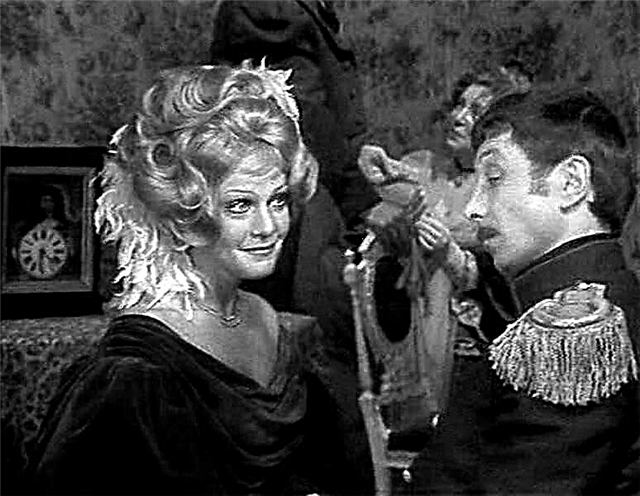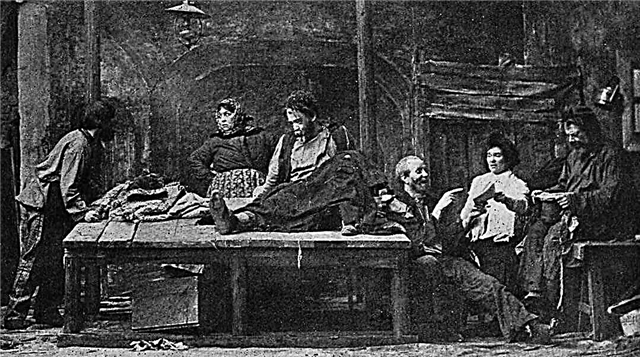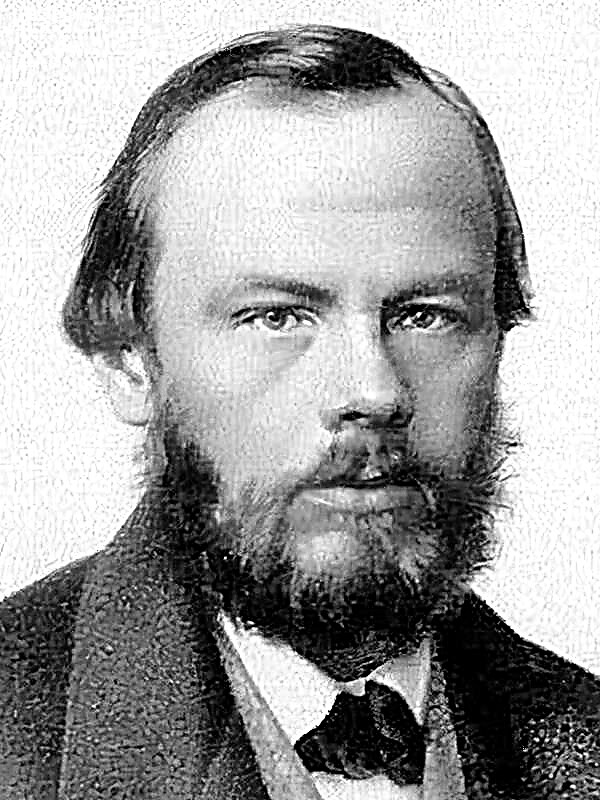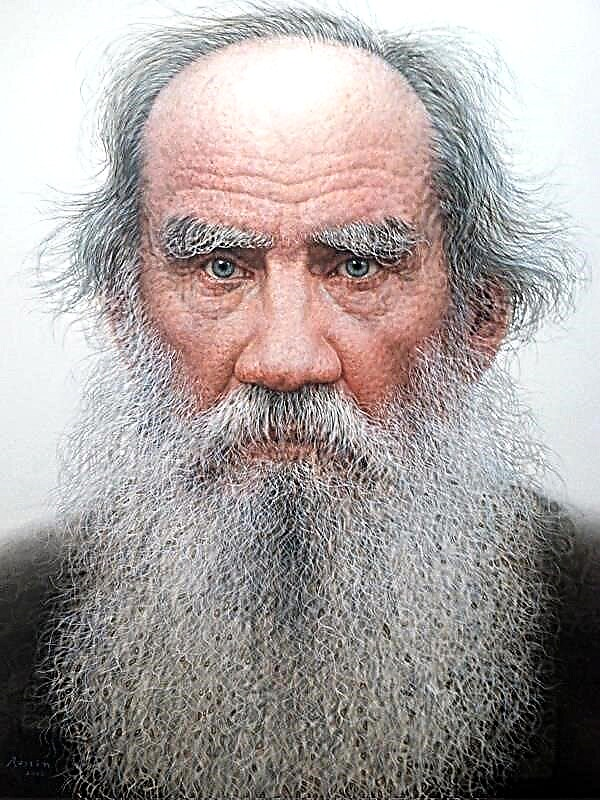M. Lermontov’s poem “Prayer” is dedicated to the interaction of man with divine power. The writer believes that turning to God helps to survive difficult periods in life.
History of creation
M. Lermontov wrote this poem in 1839. At that time, his lover was M. A. Shcherbatova. She advised him to seek peace in the spiritual realm. The author listened to her words, although this work is quite unusual for such a skeptical person.
Later it entered the collected works, which was released in 1842.
Genre, direction, size
The genre of the poem can be described as a lyrical monologue. The text refers to romanticism and is written by iambic with pyrrhic.
The author uses a cross rhyme, that is, he combines the first line with the third, and the second with the fourth. Also used are male rhyme (accent on the last syllable) and dactylic (accent on the third syllable from the end).
Composition
- At the beginning of the work, the author writes about a difficult moment of life. There is a feeling of tension, sadness and dejection of the lyrical hero, who decided to try to find peace in turning to God.
- In the middle of the text, the poet describes feelings during prayer: sensations of grace and holy charm.
- In the finale of the poem we see the consequences of the petition. A heavy load fell from the shoulders of the hero, and it became easy for him.
Images and Symbols
In Prayer, the burden is a symbol of doubt. It gnaws at the poet’s heart the most. It is not surprising, because the author was a thinking person who often thought about the most serious moral, philosophical and creative issues. And each time, standing at a crossroads, he doubted.
In the image of the hero you can see the writer himself. At that time he was in creative stagnation, and the author was in a bad mood. Only prayer helped him cope with despair.
Mood and motives
The poet reveals the motives of emotional tension and getting rid of it through prayer. In the text you feel longing, then pacification, and, finally, the power of the word of a believer.
M. Lermontov sets the reader in a positive way, talking about the comfort found in the appeal to higher powers. This spiritual communication cleanses the soul and mind, gives strength to move on.
Themes and Issues
The main theme of the work is calming through prayer, achieved through the healing and cleansing power of spirituality. The themes of longing and sadness are also traced. A creative person is especially prone to mood swings, so it is very important for a poet to find a way to relieve heart pain. With this discovery, he generously endows the reader.
The issue answers us questions about spirituality and the power of repentance:
- "How to find peace in the soul?";
- “What is prayer capable of?”;
- “Can turning to God help in a difficult period of life?”
It is extremely important for a person to be able to escape from worldly concerns and find harmony in his soul. In this we are helped by spirituality, before which all the moral, domestic and psychological problems that troubled the author’s heart retreat. These include sadness, indecision and anxiety.
Idea
The meaning of the text is that prayer helps in a difficult period to cope with adversity. If a person is a believer, then, no matter how hard it may be, he will not be left alone with his problems. Higher power can help and calm, even if loved ones turn away.
The main idea of “Prayer” is a call for a doubting and tossing person to find harmony in himself, having cleansed his soul by communicating with higher powers. The poet deliberately does not say what kind of prayer is meant. Everyone should find their own language of communication with God and themselves.
Means of artistic expression
The author uses epithets in the text. He calls the minute difficult, the prayer miraculous, the power of grace, the charm of the holy and incomprehensible. Avatars are also present. Sadness is crowded and charm breathes.
In addition, the poet speaks in the language of comparisons: doubt is like a burden.












